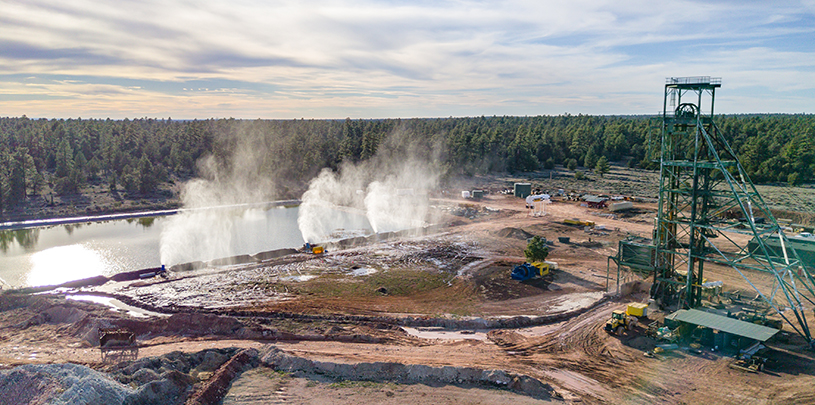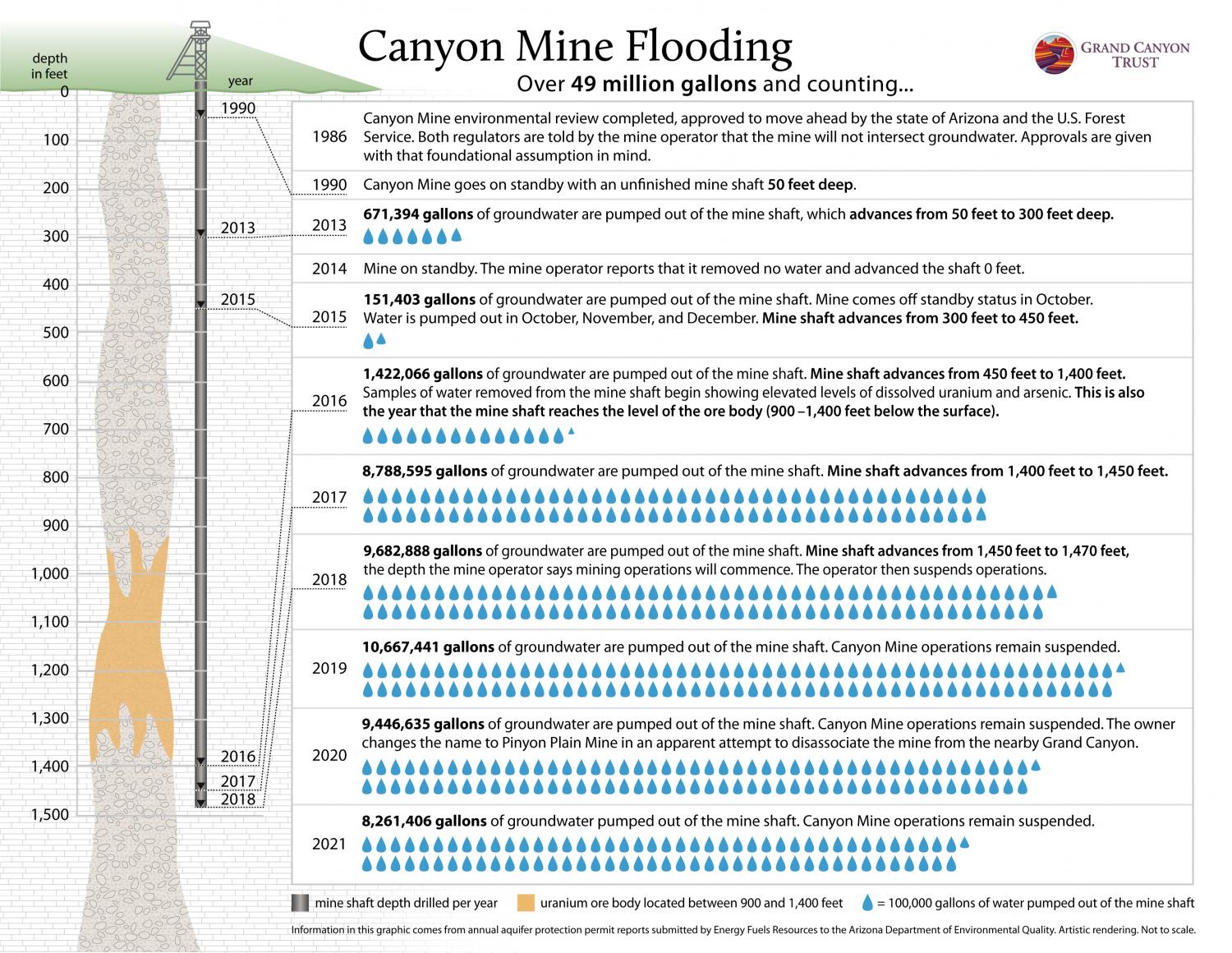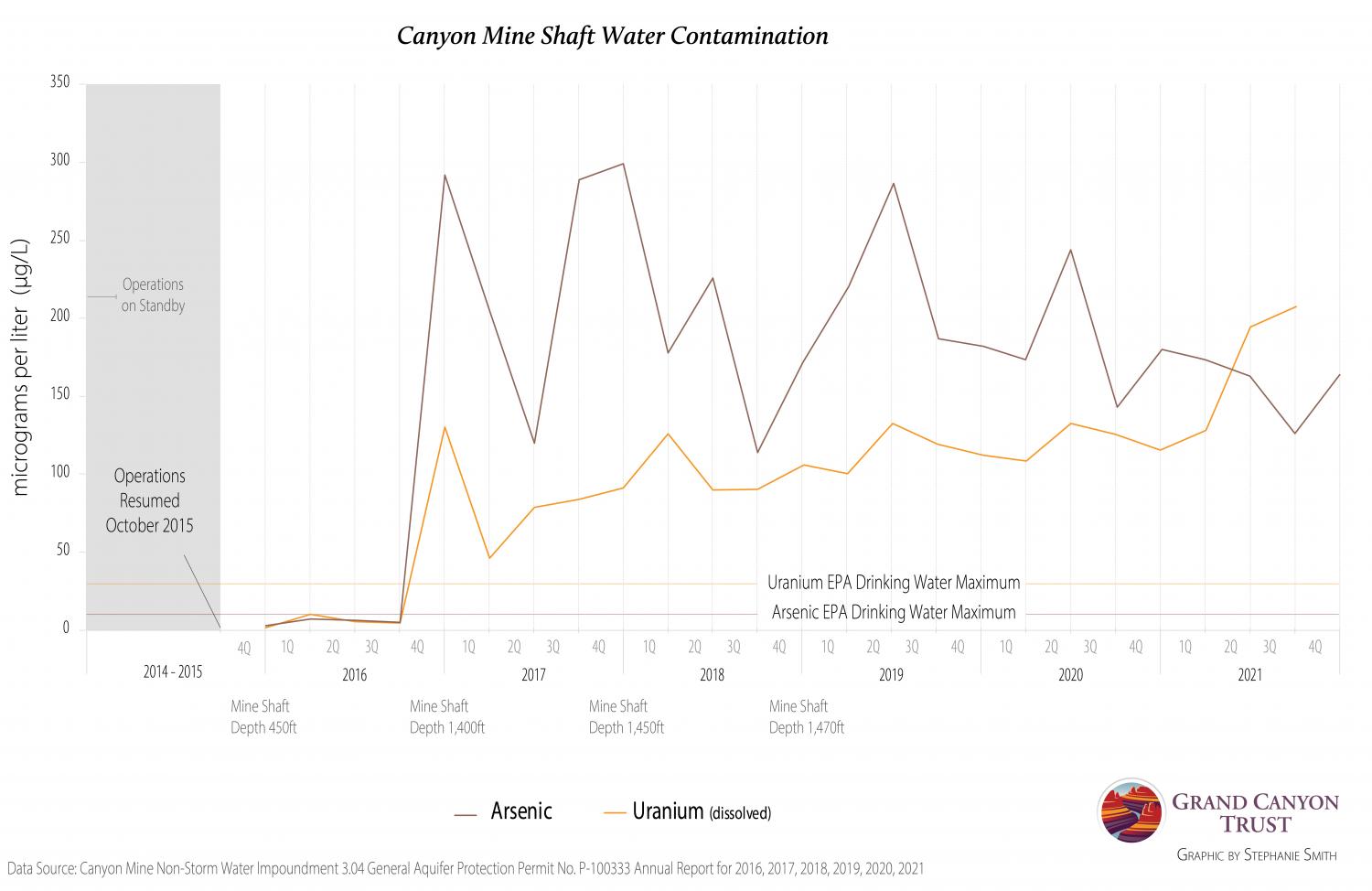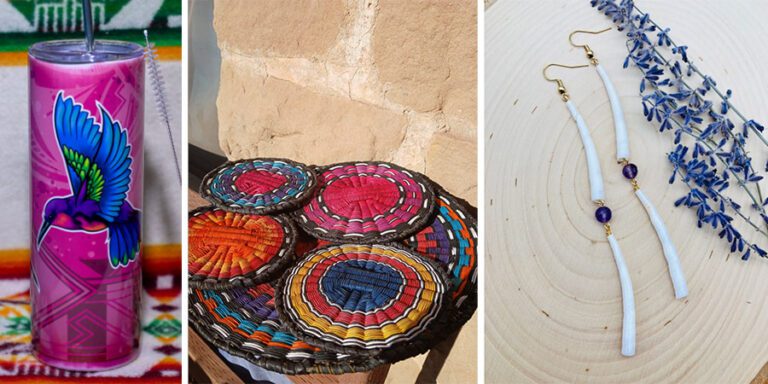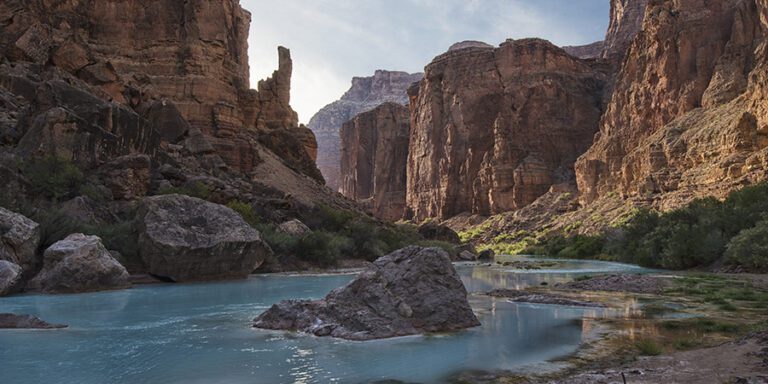
Miners have pumped more than 49 million gallons of water laced with uranium and arsenic out of a mine near the Grand Canyon.
A uranium mine near the Grand Canyon still has a water problem. An annual report submitted by uranium company Energy Fuels Resources to the Arizona Department of Environmental Quality shows that, in 2021, miners pumped more than 8 million gallons of water laced with uranium and arsenic out of a uranium mine not far from Grand Canyon National Park.
Major flooding problems at Pinyon Plain Mine (formerly Canyon Mine) date back to at least 2016, when workers hit significant groundwater when drilling the mine’s shaft. That water has been draining into the mine shaft ever since. The company’s plan for dealing with the situation has been to bleed the pocket of water it hit — a perched aquifer — dry, depleting groundwater in a region already plagued by drought.
Over 49 million gallons and counting
Over 49 million gallons of precious groundwater have essentially been wasted, pumped out of the flooding mine shaft at Pinyon Plain Mine (Canyon Mine) into the evaporation pond, and often misted into the air to speed up evaporation. The giant misters aren’t supposed to be used when winds are high, to avoid spraying the surrounding national forest with radioactive water, but we’ve felt the spray ourselves while standing in the forest outside the mine’s perimeter fence, when misters have been running.
During at least one flooding incident, water from Pinyon Plain Mine (Canyon Mine) has been trucked across state lines to the White Mesa uranium mill near the Ute Mountain Ute Tribe’s White Mesa community in southeastern Utah, not far from Bears Ears National Monument, for disposal.
Although the 8.2 million gallons the company reported pumping out of the mine shaft in 2021 represent the lowest number since 2016, this marks the sixth consecutive year that more than 8 million gallons of water have been taken out of the ground at the mine.
High levels of uranium and arsenic
The evaporation pond where the water is piped — rare surface water in a dry climate — attracts birds and other wildlife that find their way under the perimeter fence.
Visitors to the mine site, in a meadow on the Kaibab National Forest, near Red Butte, may notice patches of animal fur caught in the chain link fence, and evidence of burrowing, where animals have tunneled under to get to the water. What the animals don’t know, of course, is that the water pumped out of the mine shaft contain high levels of uranium and arsenic.
Strong opposition from the Havasupai Tribe
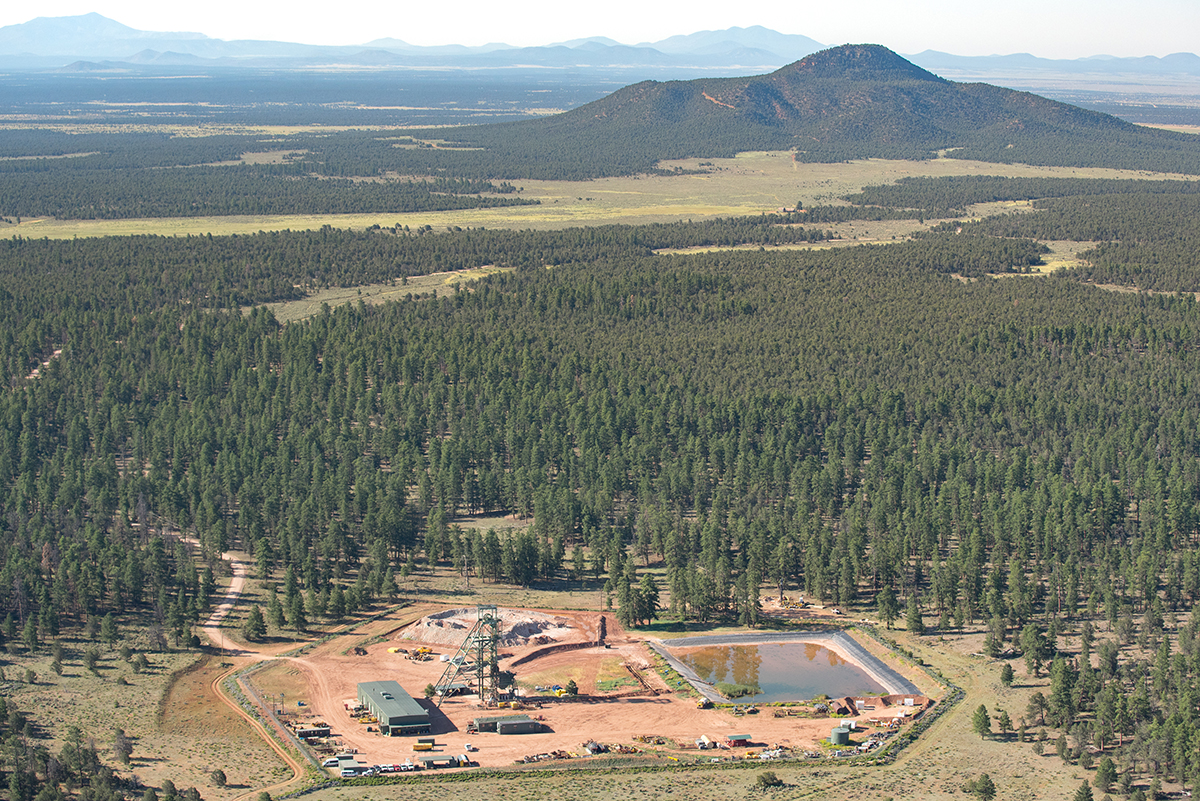
The Havasupai Tribe, who see themselves as guardians of the Grand Canyon, have opposed the mine since the 1980s, in court and on the ground. The tribe is concerned that Pinyon Plain Mine (Canyon Mine) could contaminate the deeper aquifer, which provides water for people, livestock, and crops in the village of Supai, far below the canyon’s rim. The tribe is also affected by the mine’s presence within the Red Butte Traditional Cultural Property, a place of vital importance to Havasupai identity.
Regulators ignore risks
Despite ongoing flooding problems and widespread concerns about contamination, not just from the Havasupai Tribe but among small business owners who rely on a steady stream of tourists coming to visit a clean and healthy Grand Canyon region, hunters and anglers, local governments, and many others, Arizona state regulators have continued to allow Pinyon Plain Mine (Canyon Mine) to operate. In spring 2022, regulators issued the mine a new permit, further greenlighting its operations.
This controversial uranium mine flies in the face of what Arizona voters want.
Recent polling shows that most Arizona voters oppose uranium mining on public lands in the Grand Canyon region, and support making a current temporary ban on new uranium mines in the region permanent by a more than four-to-one margin, across party lines.
However, even if a permanent mining ban went into place tomorrow (such a bill has passed the House, but is currently stalled in the Senate), Pinyon Plain Mine (Canyon Mine) would likely be exempted. That means ongoing flooding problems at the mine remain a problem for the Havasupai Tribe, wildlife, the environment, and anyone who cares about clean water and a healthy environment in the region, for generations to come.
Canyon Mine shouldn’t operate and it’s a prime example of why other mines like it shouldn’t get a foot in the door. The Grand Canyon Trust will continue working with tribes and with partners to find a path toward the mine’s closure and cleanup.

